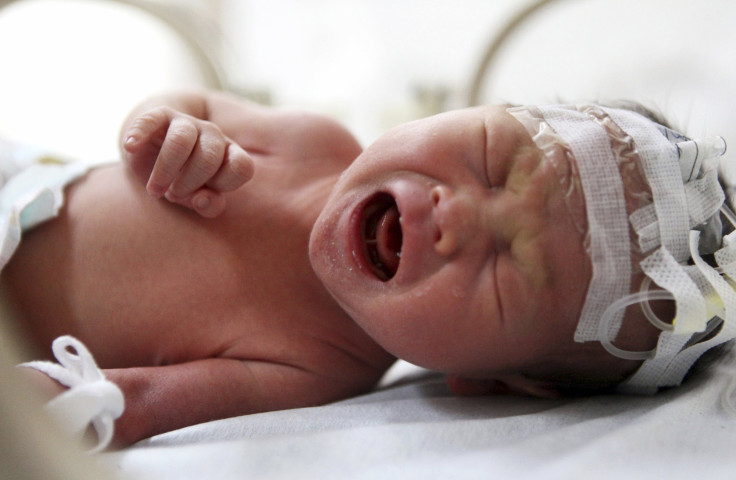Brain Scans Show Babies Feel Pain Like Adults: A World-First Proves What Every Mother Knows

A new study demonstrates that baby brains light up just like adult brains when exposed to pain. The world’s first study to use advanced MRI technology to examine infant pain even goes so far as to suggest that infants may be more sensitive to pain than adults. For most people, this comes as no surprise. However, until 1987, doctors proceeded under strangely different assumptions.
“It used to be thought that babies just don’t feel pain,” Dr. Rebeccah Slater of Oxford University's Department of Pediatrics and lead author stated in a video (see below). Slater further explained how a ground-breaking study in 1987 changed this scientific opinion.
Until the late 1980s, it was common practice for babies to be given neuromuscular blocks but no pain relief medication during surgery. The 1987 experiment followed two groups of babies undergoing surgery; one group of babies was given muscle relaxants, while the other group was given pain relief. After the surgery, the group of babies given medication for pain had much better outcome measures.
“This really changed clinical practice,” commented Slater, who explained how thereafter it was not considered acceptable to deny pain relief to babies. Today, a child in neonatal intensive care receives, on average, “10 painful procedures a day,” Slater said. “Given that their hospital stay is 50 days or more, this is a huge burden in early life.” Clearly, then, pain relief drugs — even if they may be somewhat problematic in their own right — must make a substantial difference in a struggling newborn's life.
Inside the Brain
For the current study, Slater and her colleagues applied a pain stimulus, in this case a pinprick, to a group of 10 adults as well as a group of 10 infants. Using functional magnetic resonance imaging (fMRI), the researchers recorded changes in activity levels occurring in the brains of both groups of participants.
“fMRI has been used to understand pain in many, many different studies, but it’s never been used in babies,” Slater noted. While undergoing this experiment, the adults verbally reported the intensity of their pain. For the non-verbal infants, the researchers simply observed reflex leg withdrawal.
The brain scans showed 18 of 20 pain regions active for adults were similarly active for the babies. The scans also revealed the babies’ brains responded to a weak pin prick as adults did to pinprick four times as strong. For the researchers, these findings suggest that not only do babies experience pain much like adults, they also have a lower threshold of pain — substantially lower.
“Although we cannot necessarily infer an infant's subjective experience based on a given pattern of brain activity, these results make certain conclusions more likely,” wrote the authors at the conclusion of the paper, adding this study supports the likelihood “that the infant experience is similar to that described by adults.”
Source: Goksan S, Hartley C, Emery F, et al. fMRI reveals neural activity overlap between adult and infant pain. eLife. 2015.



























